As a storyteller, I have traveled through mountains, deserts, forests, and rivers, collecting stories from every corner of India. Each journey brings new tales, new voices, and new lessons. But some stories stay with me longer, not because of grandeur or drama, but because of their subtle beauty and the layers of history and devotion they carry. One of these is the story of the Ravanhatta, an ancient musical instrument, and its surprising connection to the legendary Raavan.
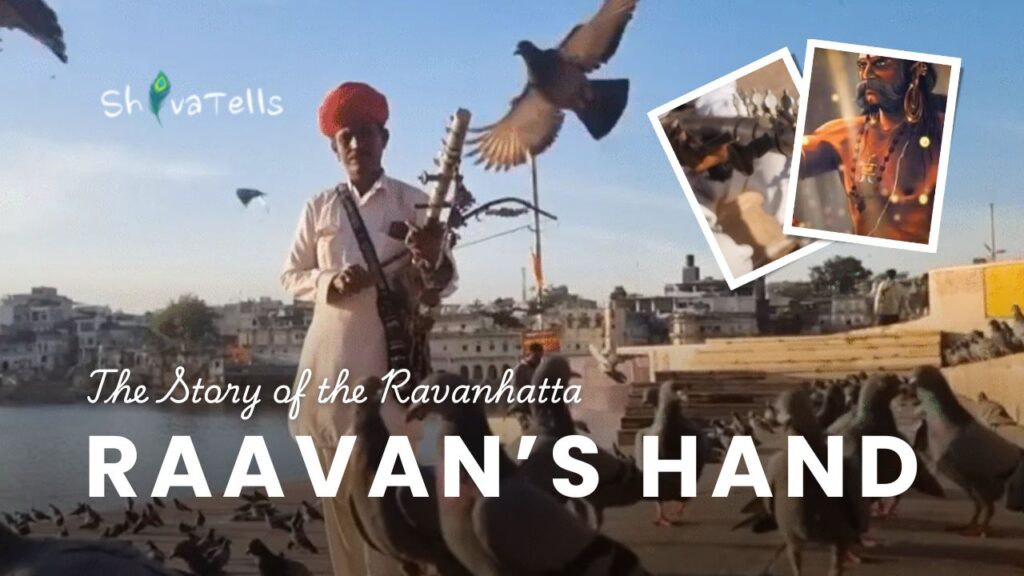
Table of Contents
More Than Just a Villain
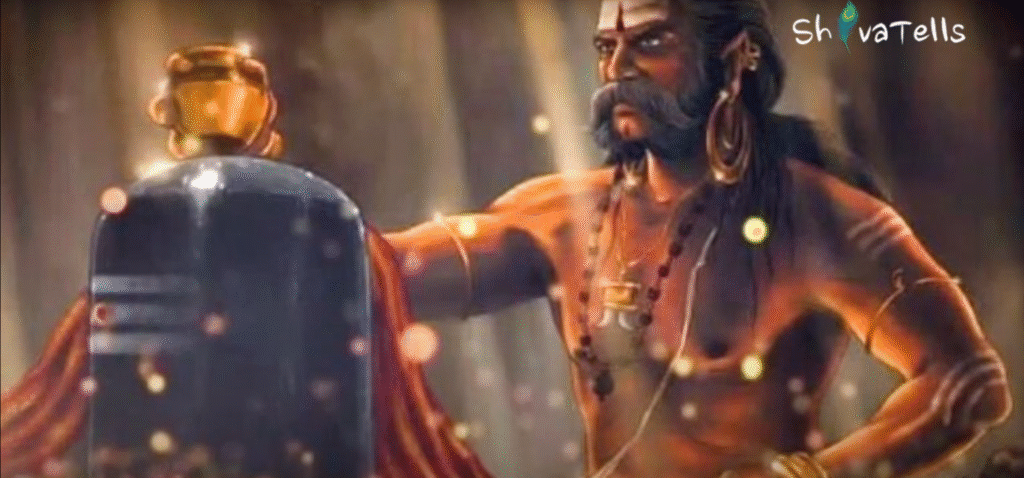
When most people hear the name Raavan, they immediately think of the Ramayana, of a king with ten heads, arrogant and powerful, who kidnaps Sita. That version of Raavan is familiar, almost etched into our collective imagination. But my travels have shown me another side. Raavan was more than a villain. He was a scholar, a devotee, and a musician. He studied the Vedas, mastered languages, and was devoted to Lord Shiva with unmatched sincerity.
It was this devotion, I learned, that gave him powers not ordinary humans possessed. But what fascinated me most was how he expressed that devotion—through music. And so begins the story of the Ravanhatta.
The Creation of the Ravanhatta
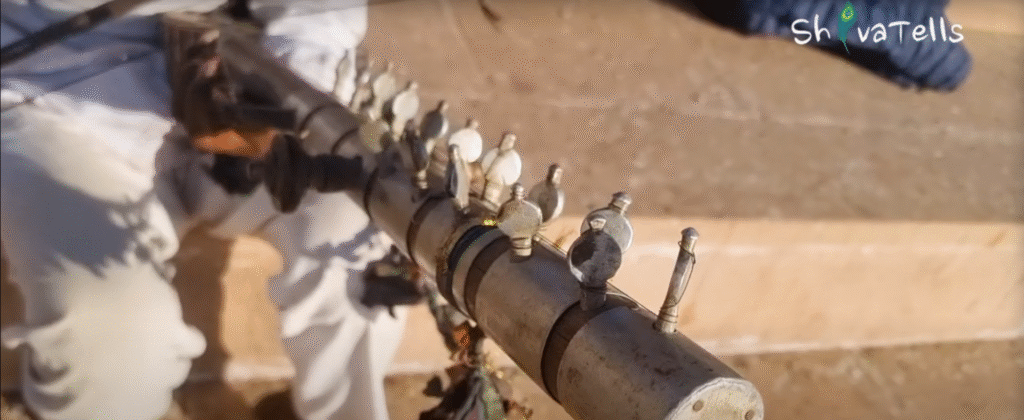
Legend has it that Raavan, wishing to honor Lord Shiva and express his own devotion, decided to create a musical instrument. He took a simple piece of wood, crafting it carefully, shaping it with precision. But the strings were extraordinary—they were made from his own hair, each strand infused with his dedication, skill, and spiritual energy.
I remember standing in a small village in Rajasthan, listening to a local musician play the Ravanhatta. The sound was haunting, soft yet powerful, carrying centuries of devotion in every note. I could almost imagine Raavan, sitting alone in a temple, plucking those strings, offering music as a prayer to Shiva. The instrument was later called “Raavan’s hand,” for it bore the touch of a great man, a man misunderstood by history but remembered through his art.
From Lanka to Northern India
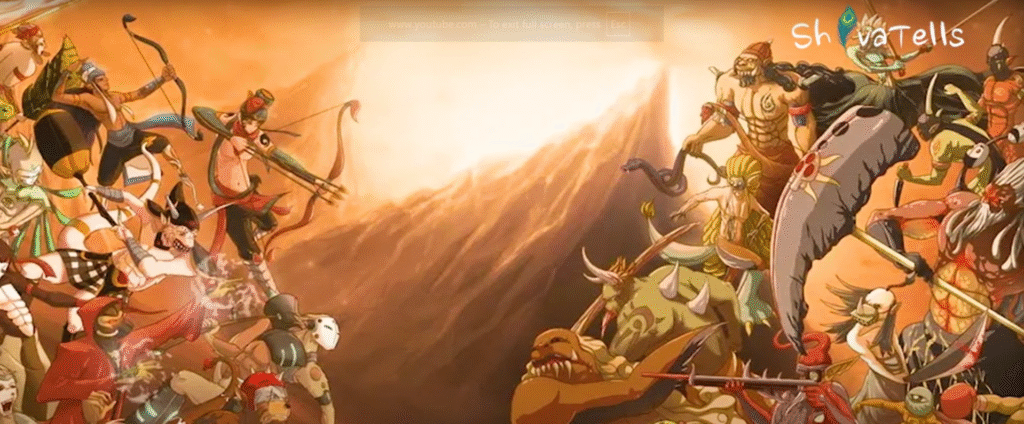
The journey of the Ravanhatta did not end in Lanka. During the events of the epic war, Hanumanji traveled to Lanka, crossing oceans and forests, carrying not just messages and memories but pieces of culture and devotion. Among these treasures was the Ravanhatta. Over time, it made its way north, settling in the sands of Rajasthan and the vibrant lands of Gujarat, where local musicians adapted it into their own traditions.
Even today, in small desert towns and bustling Gujarat villages, you can hear the soft hum of the Ravanhatta. It is played at festivals, in temples, and in street performances. Its tone is simple but soulful, capable of evoking emotions that words often fail to capture. As I listened, I realized the music itself was a living history lesson, a reminder that stories and devotion can survive through centuries if preserved with care.
Lessons From an Ancient Instrument
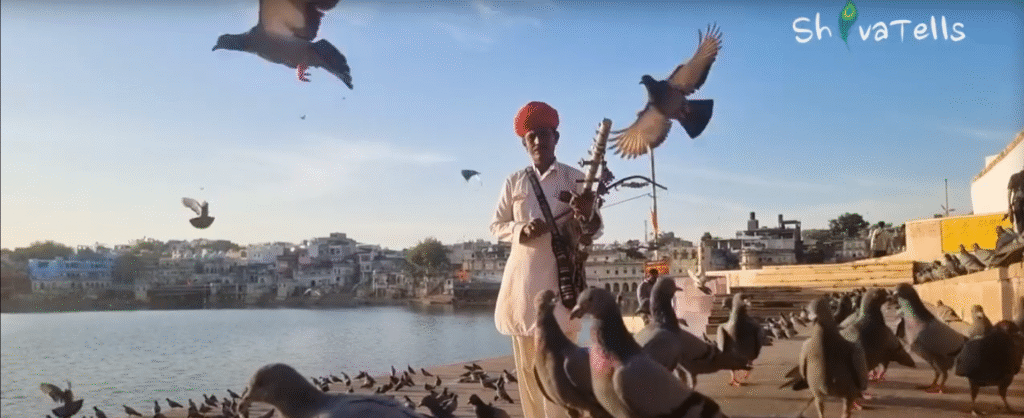
What struck me most about the Ravanhatta was not its craftsmanship, though that is exquisite, nor its age, though it is ancient. It was the story it carried. Music, devotion, and history were intertwined in this small instrument. It reminded me that history is rarely black and white. People like Raavan cannot be confined to single labels of “good” or “bad.” Every human being carries complexity—talent, devotion, mistakes, and brilliance.
As I traveled from one village to another, I noticed that local players treated the instrument with reverence. They didn’t just play music—they preserved a story, a legacy. This, I realized, is the true power of culture. It survives through hands and hearts, through simple acts of creation and devotion.
Visiting the Land of the Ravanhatta
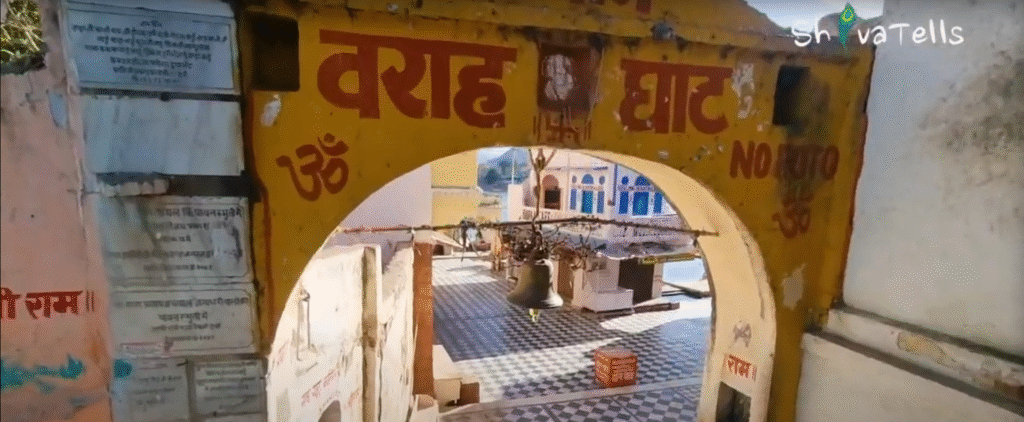
If you are drawn to this story as I was, the best way to experience it is to visit the places where the instrument is still alive. Rajasthan, with its deserts and forts, and Gujarat, with its vibrant towns and folk traditions, are the heartlands of the Ravanhatta today.
Small villages in Rajasthan, such as Jaisalmer and Bikaner, often have musicians playing the instrument during festivals or in local temples. In Gujarat, towns like Kutch and Bhuj feature folk music nights where the Ravanhatta is a central piece of the performance. Watching these performances is more than entertainment—it’s stepping into a living story, a connection to centuries of devotion and artistry.
Travel Tips for Experiencing the Ravanhatta
- Best Time to Visit: October to March, when the weather in Rajasthan and Gujarat is comfortable for travel. Desert nights can be chilly, so carry a light jacket.
- Getting There: Jaisalmer, Bikaner, and Bhuj are accessible by road, rail, and some nearby airports. Local taxis or guided tours are helpful for reaching smaller villages.
- What to Pack: Comfortable walking shoes, sun protection, water, and a notebook if you wish to jot down stories. A small recorder is useful if you want to capture the music, though always ask for permission.
- Local Etiquette: When attending temple performances or folk shows, be respectful, avoid disrupting musicians, and seek permission before taking photographs.
Top Places to Explore in Rajasthan
- Jaisalmer Fort, Rajasthan
Known as the “Golden Fort,” Jaisalmer Fort is a living fort, bustling with narrow alleys, ancient temples, and vibrant markets. It’s perfect for travelers looking to experience Rajasthani culture and folk music, including the Ravanhatta.
- Best Time to Visit: October to March, when the desert weather is cool and pleasant. Summers can exceed 45°C and are uncomfortable for walking.
- Average Budget: ₹3,000–5,000 per day for food, entry tickets, and local transport within the fort area.
- Travel Mode: Jaisalmer is accessible by train, bus, or flights to Jaisalmer Airport. Taxis or cycle-rickshaws are convenient for exploring the fort.
- Sam Sand Dunes, Rajasthan
Experience the desert like never before at Sam Sand Dunes, with golden sunsets and Rajasthani music nights under the stars. The Ravanhatta is often played here, adding a magical rhythm to the desert wind.
- Best Time to Visit: November to February for cool evenings and comfortable desert camping.
- Average Budget: ₹2,000–4,000 per person for camel rides, folk shows, and basic desert camping. Luxury tents may cost ₹5,000–8,000 per night.
- Travel Mode: About 40 km from Jaisalmer city. Accessible by taxi or organized desert tour packages.
- Bhujodi Village, Gujarat
Bhujodi is a small weaving and artisan village near Bhuj, where music and craftsmanship blend into daily life. Folk musicians often play the Ravanhatta during festivals, and you can witness the art of weaving firsthand.
- Best Time to Visit: October to March for pleasant weather and local festivals.
- Average Budget: ₹1,500–3,000 per day including local meals, transport, and small handicraft purchases.
- Travel Mode: Bhujodi is 8 km from Bhuj city; easily reached by taxi or auto-rickshaw. Trains and buses connect Bhuj to major cities.
- Mandvi Beach, Gujarat
Mandvi Beach is a serene coastal destination where you can relax after exploring cultural heritage. Occasionally, you’ll hear folk musicians playing the Ravanhatta by the shore, creating a unique harmony of music and waves.
- Best Time to Visit: October to February, when the weather is cool and comfortable for beach activities.
- Average Budget: ₹2,000–4,000 per day for local stay, meals, and sightseeing. Beach resorts may cost more.
- Travel Mode: Mandvi is around 60 km from Bhuj. Accessible by taxi, rental car, or guided tour packages.
Conclusion:
As I walked through villages and small towns, listening to the strings of the Ravanhatta, I realized that this story is not just about Raavan, nor just about an instrument. It’s about devotion, talent, and the ways we preserve memory through art.
The next time you hear the gentle, haunting melody of the Ravanhatta, remember that it carries centuries of human emotion, creativity, and faith. And remember that even those we think we know only through stories—like Raavan—can surprise us with their depth, their devotion, and their legacy.
In India, every corner has a story waiting to be heard, every instrument has a soul, and every melody is a bridge to the past. The Ravanhatta reminds us to listen, not just with our ears, but with our hearts.
